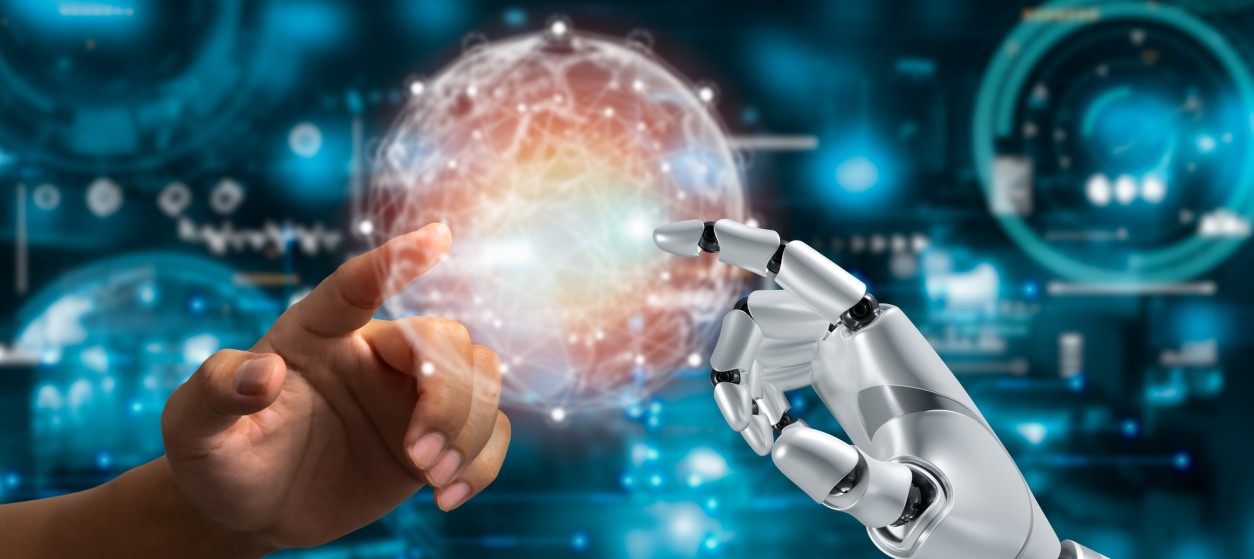In today’s business environments market personalization has become of the utmost importance. With the increase in web commerce and marketing, customers have become more demanding, and organizations strive to deliver personalized products and personalized customer service. Machine learning can be nowadays used by marketing and commerce organizations to monitor customer’s preferences towards personalizing their products and services. Specifically, machine learning enables modern enterprises to customize their offerings toward the potential customers’ taste.
Machine learning driven personalization provides unprecedented opportunities for companies to develop new visions and introduce new brands. However, companies must first understand who their customers really are. In this direction, different flavors of machine learning and Artificial Intelligence (AI) (e.g., deep learning models and Natural Language Processing (NLP)) can be employed to discover valuable customer information and organize data segments toward predictive algorithms. The latter can boost customer satisfaction, reward the most loyal users, reduce churn, and increase customer conversion rates in on-line sales.
Customer Data Collection and Analysis
The first step to applying machine learning for product personalization is to collect customer information. Customer data are collected from many different sources including social media channels (such as Facebook), web sites, telephone interactions, web interactions and e-commerce navigation. The amount of data that companies can collect is enormous and it is still growing exponentially as new technologies become available. There is an urgent need to manage this huge amount of data in a way that it can be translated effectively and efficiently into useful information and knowledge. Personalization is one of the best ways to exploit the available customer data. It is a powerful tool that helps you connect to each customer on a personal level, and it goes far beyond just using their first name in an email. Rather, the use of machine learning technology in customer data analysis can help you send the right message at the right time to the right person in order to deliver exceptional customer experiences.
To use the collected customer data in intelligent ways, companies need to understand what the customers want. In this direction, they have to answer a number of questions such as:
-What products do the customers like?
-Are they willing to buy the products at certain prices?
-Why do they like or dislike the products?
-What would make them buy more or less?
Accordingly, several machine learning methods can be used for analyzing big customer data. A few examples include:
-Finding latent features from large numbers of textual reviews from customers.
-Learning joint preferences from multiple dimensions of product features, such as price, brand and quality.
-Modeling long-term user behavior for predicting future activity.
-Assessing the quality of recommendations based on user feedback.
-Optimizing product recommendation strategies with experiment design methods such as A/B testing.
Machine Learning Techniques for Recommendations and Personalization
Some of the most popular recommendation algorithms include collaborative filtering and clustering of customers according to their preferences. Recommendation systems work by analyzing a large collection of historical user data and using it to make predictions about what users are likely to enjoy. For instance, if two users have similar ratings on previous products, they will likely have similar ratings on future products. Or, if two products have similar ratings from users, those users will likely be interested in each other’s products. Additionally, these systems can filter out noise in the data by looking for correlations between different pieces of information. This allows them to identify items that are similar but were rated differently by different users. For example, a food-lover might rate ‘pizza’ and ‘pasta’ 5 stars while a vegetarian may rate ‘pasta’ 4 stars and ‘pizza’ 3 stars. These rating can then be used to recommend food options to the two different profiles.
In a more sophisticated approach, we can use the technology of machine learning to build a model that will describe each customer’s preferences. In other words, we can construct a mathematical model that predicts the probability that a user is interested in buying a particular item. For this purpose, machine learning methods are well suited, which transform some data about the customer into a numerical representation, the so-called embedding. For example, we can divide our customers into two groups: those who bought an item from us in the past and those who did not. To determine which items they prefer, it is necessary to find out what separates them from each other. Machine learning allows us to create such mathematical function based on data that can be used to distinguish one group from another.
After obtaining embeddings for users and items, we can apply different methods to identify similarities between them. The simplest method is calculating a distance between two vectors i.e., users and items. The smaller the distance between a customer and an item, the higher the appetite of the customer for the particular item. However, there are also more sophisticated approaches based on neural networks and deep learning algorithms for finding similarities between vectors of embeddings.
In the years to come Big Data and machine learning will be completely transforming the marketing landscape. Instead of using historical data to better target and advertise to people, marketers will have the opportunity to use real-time data in order to provide real-time experiences. Moreover, the use of social media and big data will allow brand interactions that are individually tailored based on each person’s preferences. This will be then tied together with more traditional consumer information like age, gender, shopping habits etc.
Overall, in the near future, an increased number of products and services will be personalised based on machine learning solutions. The technologies needed for this process exist already today and will gradually improve with time. Moreover, as more customer data become available, machine learning algorithms will become more credible and accurate. That’s the reason why sales and marketing specialists need to realize a shift towards data-driven approaches in promoting and selling their products and services.











This article provides a fantastic overview of how machine learning t enhances customer engagement through personalization.